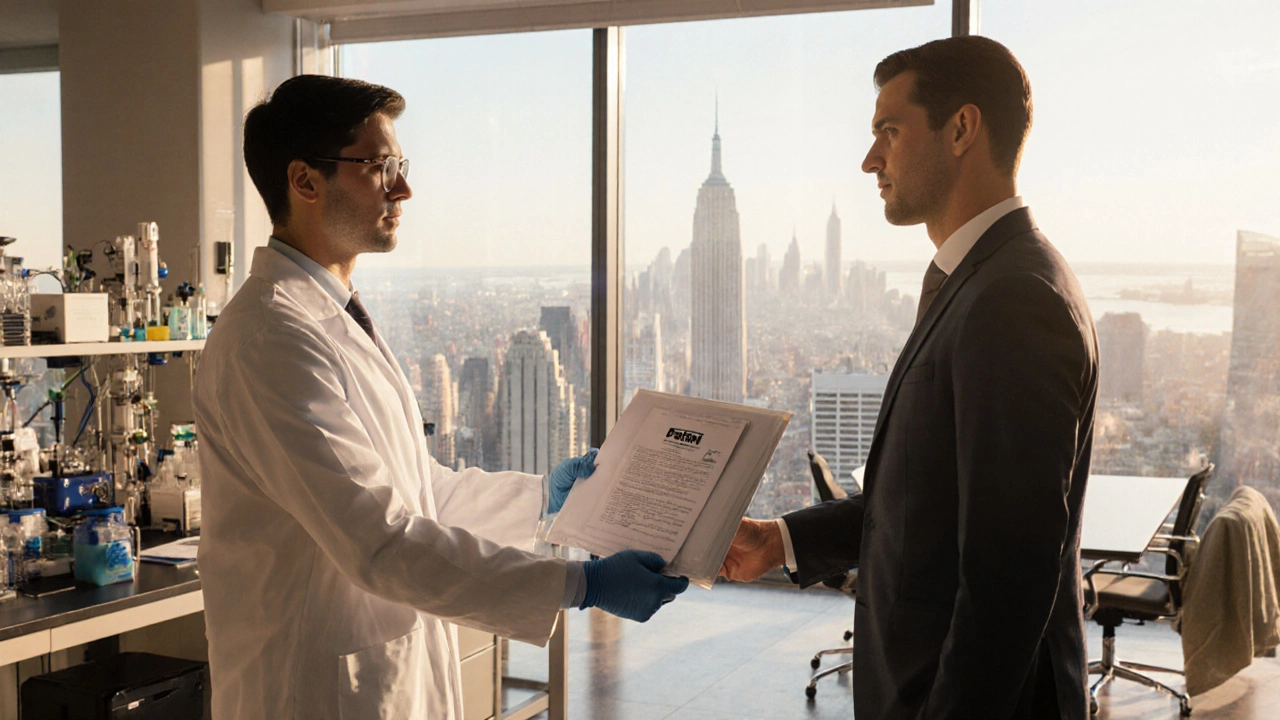Types of Tech Transfer: How Ideas Move from Labs to Real Life
When a scientist in Bangalore invents a new way to purify water, or a team in Hyderabad develops a low-cost diagnostic tool, that breakthrough doesn’t just sit on a shelf. It needs to technology transfer, the process of moving scientific discoveries into practical use. Also known as research commercialization, it’s how labs turn knowledge into something that changes lives—whether it’s a medicine, a solar panel, or a public health program. This isn’t magic. It’s a series of steps, and different paths, each shaped by who’s involved and what’s being shared.
There are a few main types of tech transfer, the structured ways scientific knowledge moves from universities and research centers to businesses, governments, or communities. One common type is licensing, when a university gives a company legal rights to use a patent in exchange for fees or royalties. This is how a new drug formula might end up in pharmacies. Another is collaborative R&D, where researchers work directly with companies to solve real problems, like building better sensors for Indian farmers. Then there’s spin-off companies, startups created by researchers to bring their own invention to market. And don’t forget transfer agents, the people who manage patents, negotiate deals, and connect scientists with industry. These aren’t just bureaucrats—they’re the glue holding the system together.
What makes tech transfer work isn’t just the science—it’s the people and systems behind it. A good transfer agent knows how to explain a complex algorithm to a manufacturer. A strong partnership understands local needs—like how a rural clinic might need a low-power diagnostic device, not a high-end lab machine. And the best innovations don’t just get patented—they get used. That’s why you’ll find posts here on real examples: how a biotech startup in Pune scaled its vaccine storage tech, how a public health program in Kerala used simple tech to cut disease spread, or why some inventions fail because no one was trained to fix them after installation.
Some tech transfer happens fast—like when AI tools are adopted by hospitals. Other times, it takes years, especially when policy, funding, or cultural resistance gets in the way. But the common thread? Every successful transfer starts with a clear question: Who needs this? And who can make it work? The posts below dive into those stories—the ones that worked, the ones that didn’t, and the people who made the difference.




